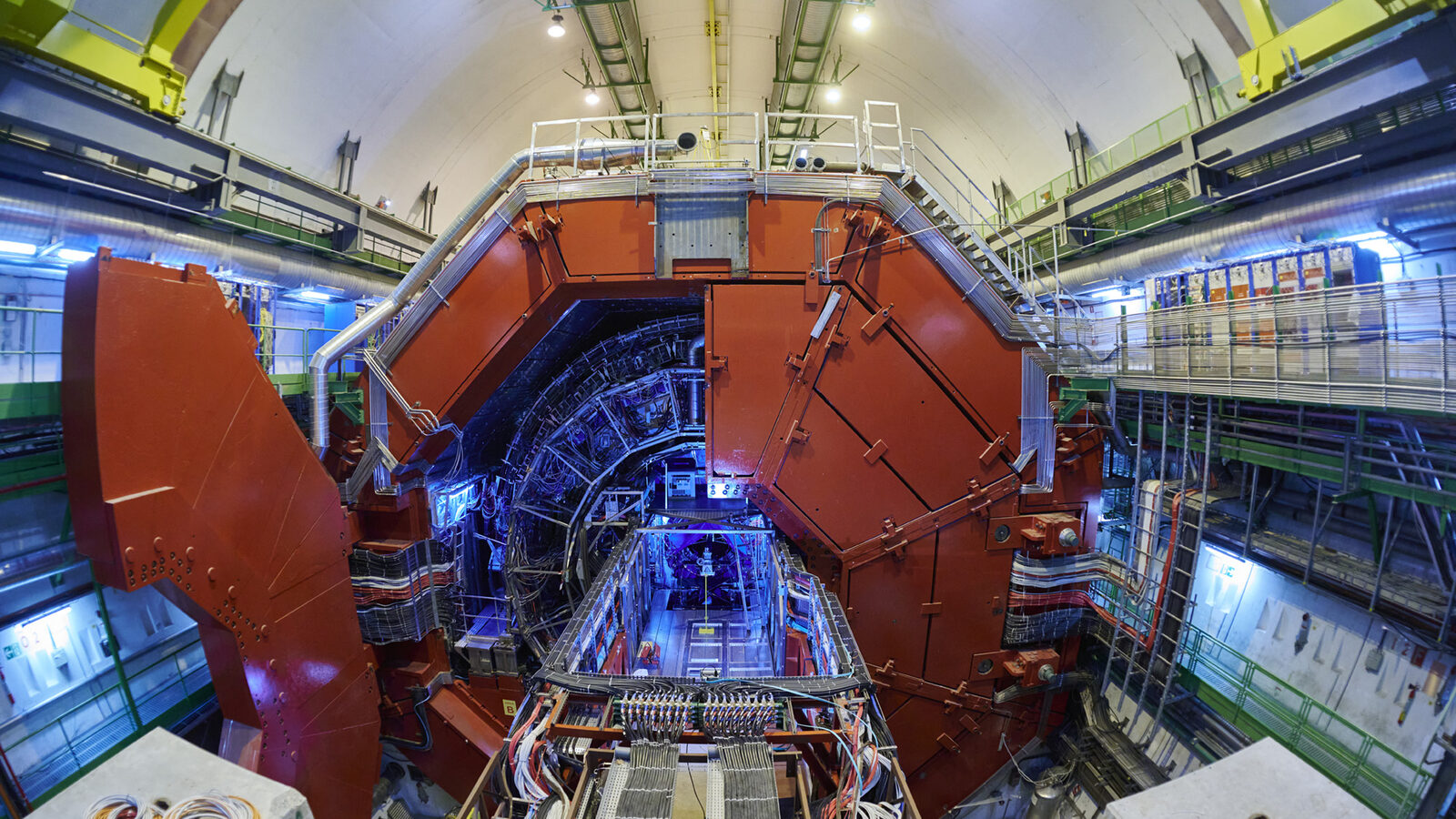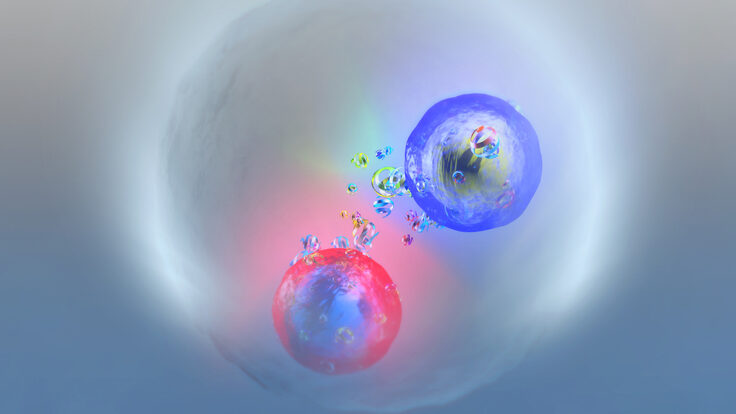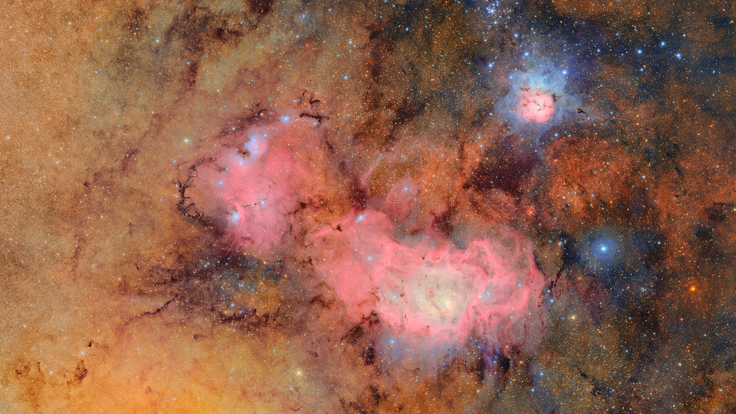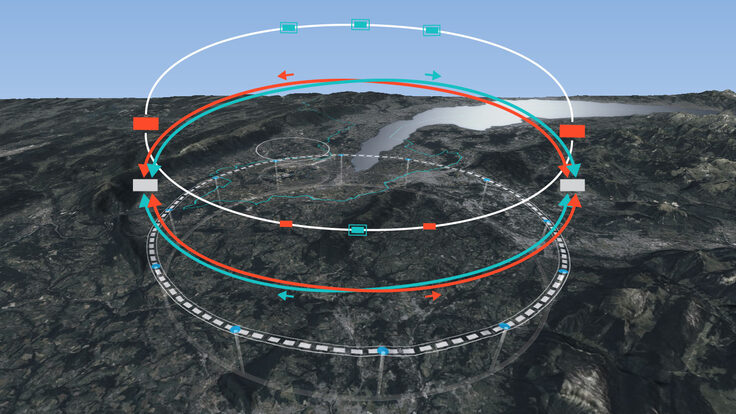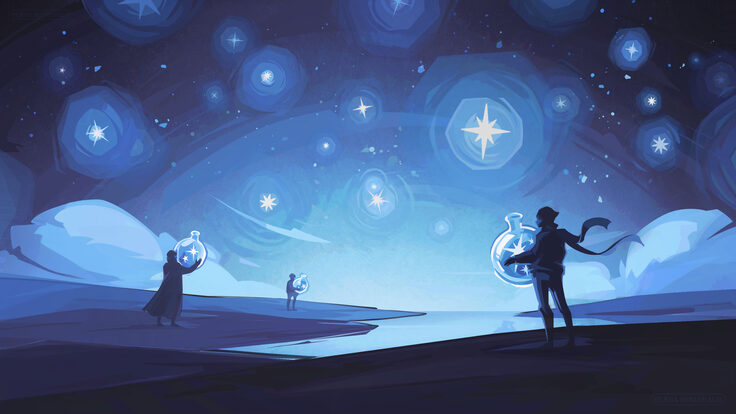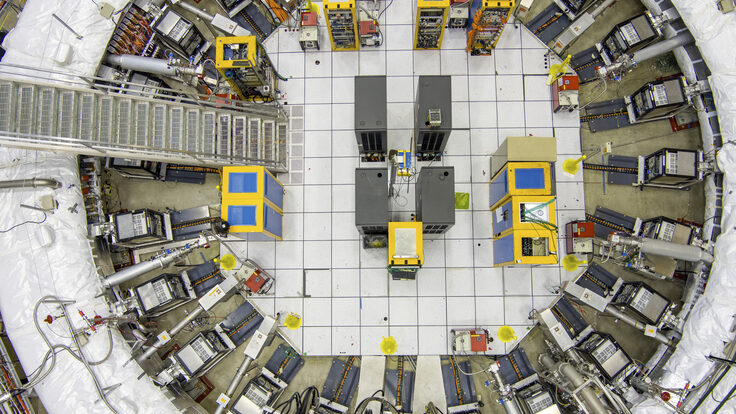New data release from CUORE features a “noise-canceling” algorithm
CUORE's extreme sensitivity means it records all sorts of activity: the sounds of scientists talking, the pulse of waves crashing on the shore 50 kilometers away, and earthquakes on the other side of the world.



